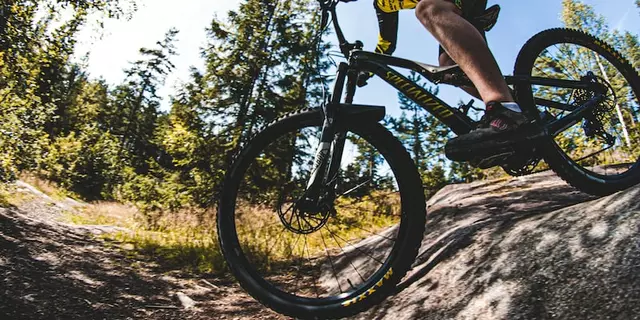July 2023 Archive – Top Cycling Topics You Don’t Want to Miss
July was a busy month for the Skipton Cycling Enthusiasts blog. We tackled gear choices, green debates, fitness myths, and city riding tips. Below is a quick rundown of each post and the practical takeaways you can use right now.
Pedal Choices & Performance
If you’ve ever wondered which pedals suit a road bike best, our July 5 post broke it down. Clipless systems from Shimano and Look topped the list because they lock your feet to the crank, giving smoother power transfer. They’re sturdy and feel natural once you get used to clipping in and out. For beginners or riders who prefer a more relaxed feel, flat pedals remain a safe option – they’re easy to step on, less intimidating, and work well for casual rides.
Bottom line: pick clipless if you crave efficiency and plan to ride regularly; choose flats if you’re still building confidence or need quick foot release in traffic.
Is Competitive Cycling Really Green?
Our mid‑month deep‑dive asked the tough question: is competitive cycling a green sport or just green‑washed? On paper, cycling produces almost no emissions – it’s human‑powered, after all. But the reality includes travel for races, manufacturing of high‑tech gear, and massive event logistics that add carbon footprints. We highlighted three areas where the sport can improve: using more sustainable transport to events, opting for recyclable bike components, and cutting down on single‑use plastics at races.
So while the act of pedaling stays green, the surrounding industry still has work to do. Supporting local races and teams that prioritize sustainability can help shift the balance.
Debunking the ‘Big Belly’ Myth
Do great cyclists have big bellies? The short answer: no. Pro riders tend to stay lean because excess weight slows them down on climbs and sprints. A bulky midsection usually signals an unbalanced diet or a lack of cross‑training. Recreational cyclists might notice some belly growth if they ride a lot but neglect nutrition or strength work. Mixing in core exercises, eating a balanced diet, and varying ride intensity keeps the belly in check and improves overall performance.
Remember, cycling alone isn’t a magic body‑shaper – it works best when paired with other healthy habits.
City Riding on a Mountain Bike
Can you clock 20 km in town on a mountain bike? Absolutely, but expect a few quirks. MTB frames are heavier and tires wider, which can make rolling on paved streets feel a bit sluggish. Keep your bike well‑tuned – check tire pressure, clean the drivetrain, and adjust the suspension if needed. Ride at a steady pace, use gears wisely, and don’t rush. The ride becomes a great endurance builder and a chance to explore urban routes you might miss on a road bike.
Tip: lower the tire pressure a notch for a smoother ride on city streets, but stay above the minimum to avoid pinch flats.
That’s the July roundup in a nutshell. Whether you’re hunting the perfect pedal, questioning the sport’s eco‑claims, busting fitness myths, or planning a city MTB adventure, the posts give you clear, actionable advice. Keep checking the blog for more tips, and feel free to share your own experiences in the comments!
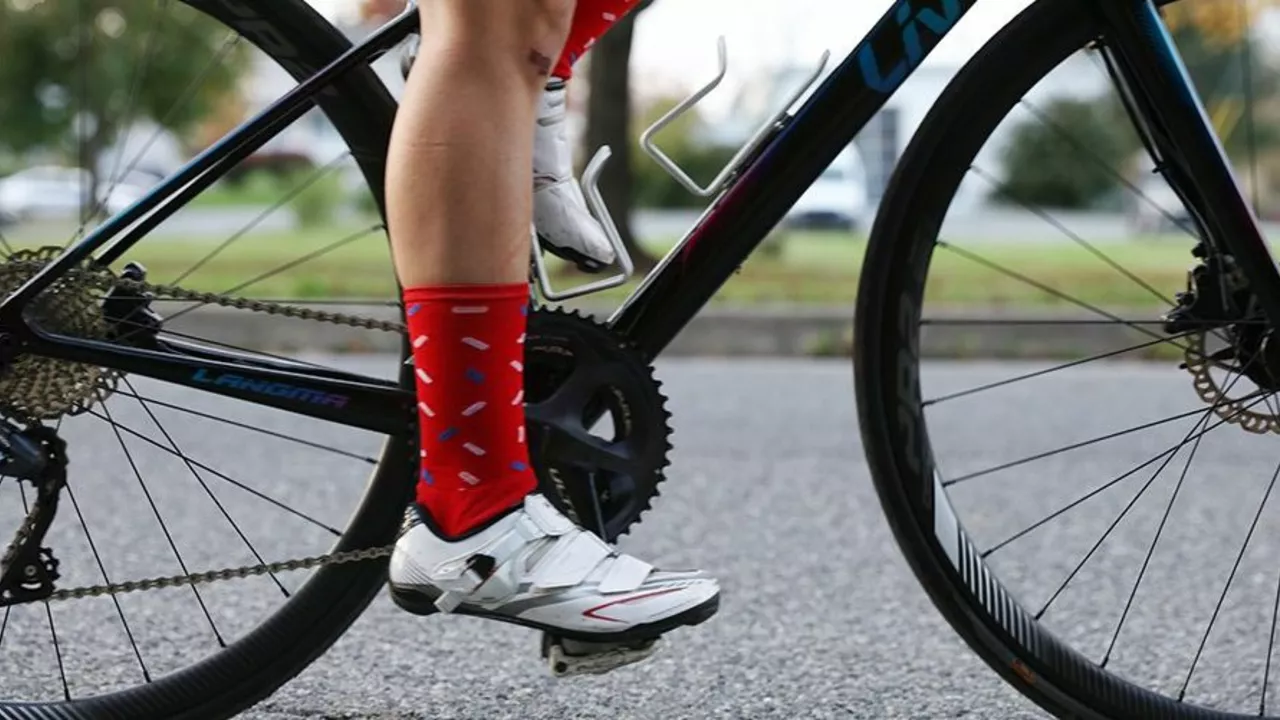
Which pedals are best for a road bike?
After researching and testing various pedals for road bikes, it seems that clipless pedal systems are the most efficient and popular among cyclists. They provide a secure and direct connection to the bike, which improves power transfer and overall performance. Brands like Shimano and Look are often highlighted for their durability and ease of use. However, for those new to road biking, flat pedals can be a safer, more comfortable option. Ultimately, the best pedals depend on your skill level, comfort, and cycling goals.
View More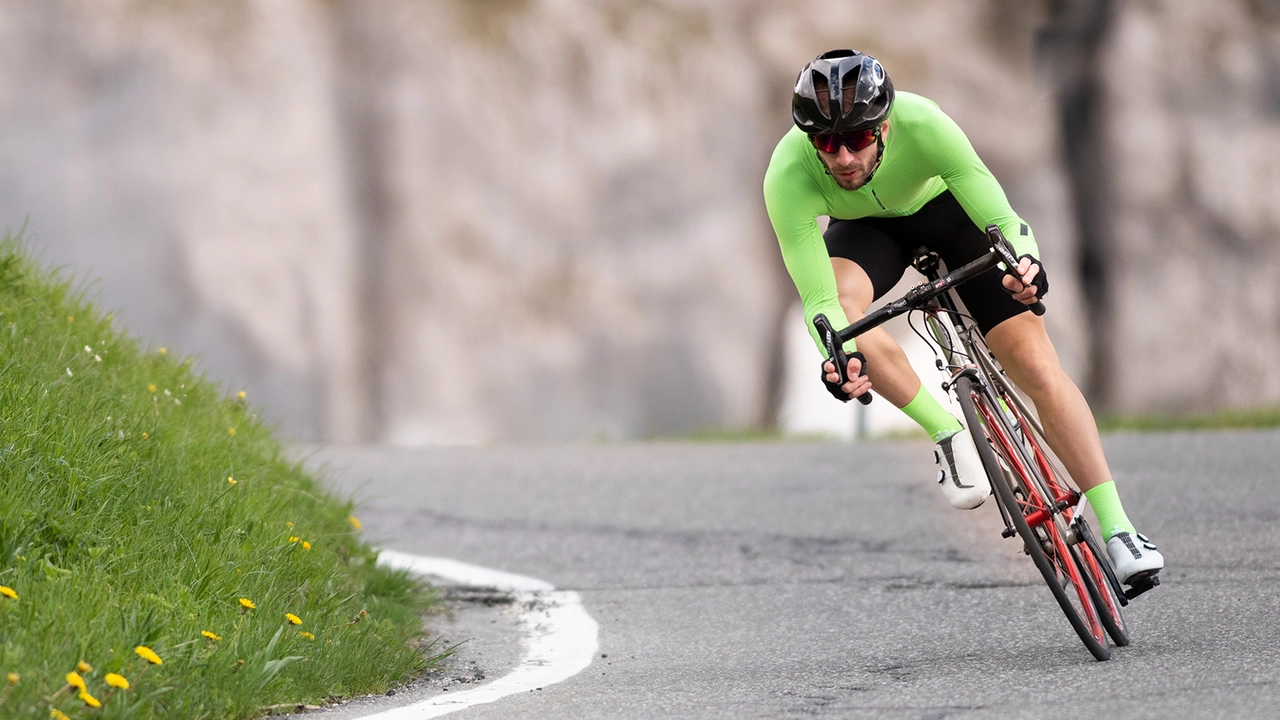
Is competitive cycling a green sport or a green-washed sport?
As a blogger, I've been diving deep into the question of whether competitive cycling is truly a green sport or if it's just green-washed. The sport boasts low carbon emissions due to the human-powered nature of cycling, making it seem environmentally friendly. However, there are aspects such as extensive travel, production and disposal of equipment, and the organization of large events that raise questions about its sustainability. It's a complex issue that needs further exploration. So, while cycling itself is green, the competitive side of it might not be as eco-friendly as we'd like to think.
View More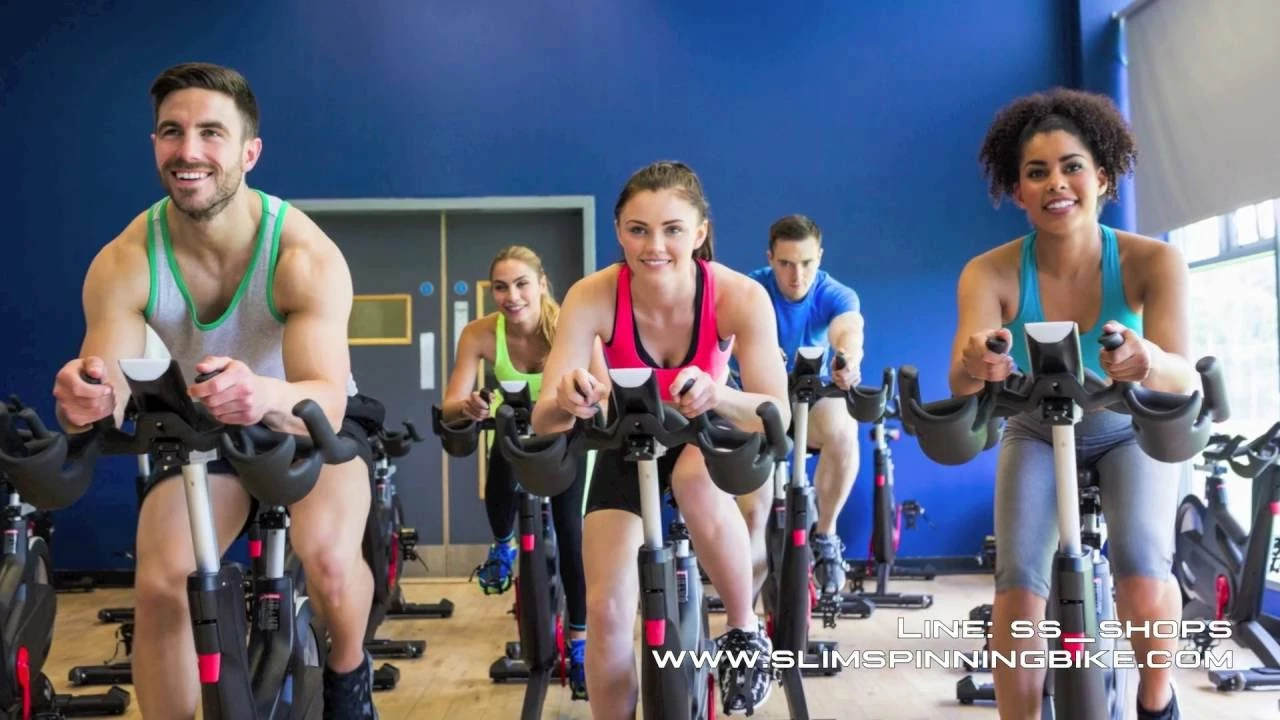
Do great cyclists have big bellies?
In a nutshell, great cyclists don't necessarily have big bellies. In fact, most professional cyclists are known for their lean, muscular physiques that support endurance and speed. It's a common misconception that cycling alone leads to a large belly, but in reality, this is usually a result of poor diet or lack of cross-training. However, recreational cyclists, who might not train as intensively, could develop a larger midsection if they're not balancing cycling with a healthy diet and other forms of exercise. So, even though cycling is a fantastic sport, it's important to remember it needs to be combined with a balanced lifestyle for overall fitness.
View More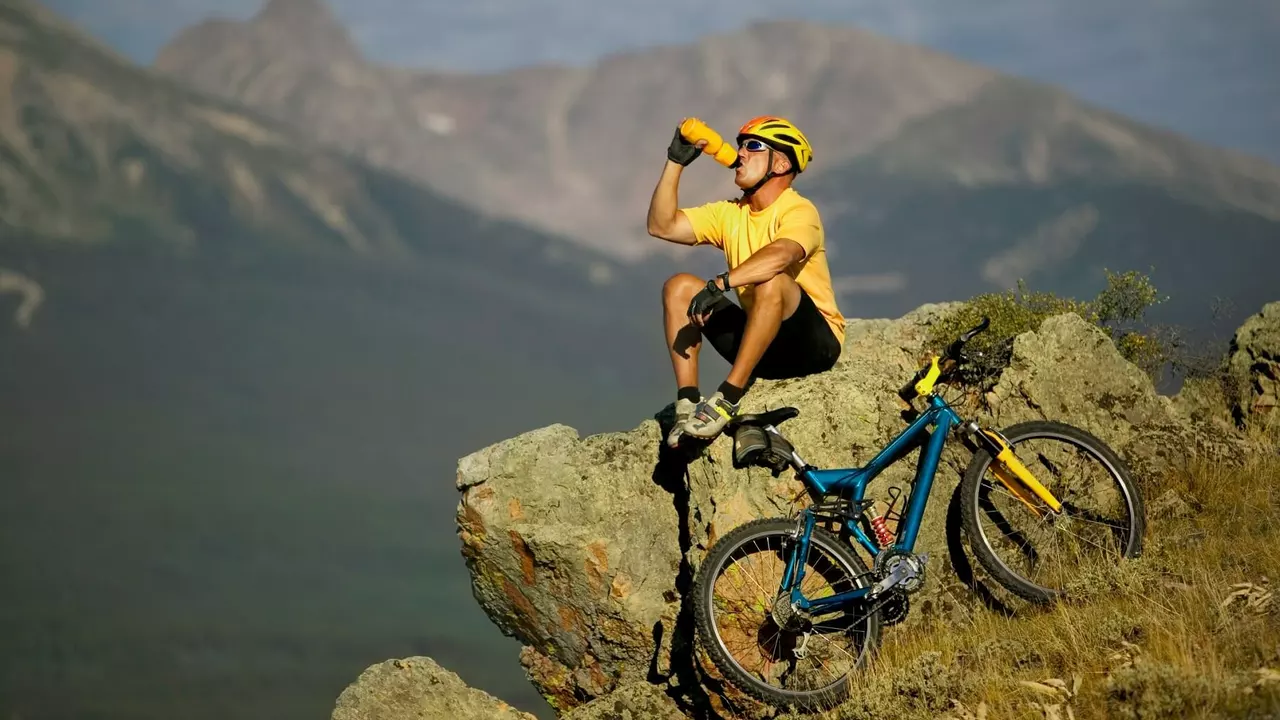
Can I ride 20 km in the city on a mountain bike?
Absolutely, you can ride 20 km in the city on a mountain bike! It might be a bit more challenging due to the bike's heavier build and wider tires, but it's definitely doable. You just need to maintain a steady pace and ensure your bike is in proper working order. But remember, it's not a race, so take your time and enjoy the ride. This can also be a great opportunity to improve your fitness level.
View More


